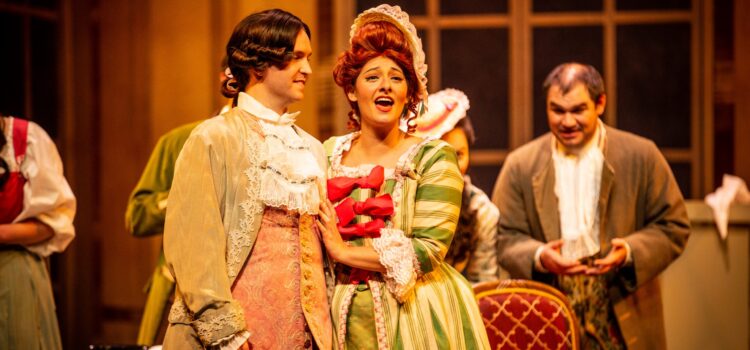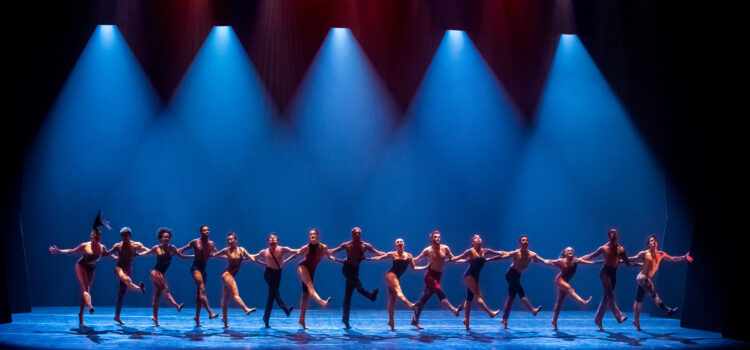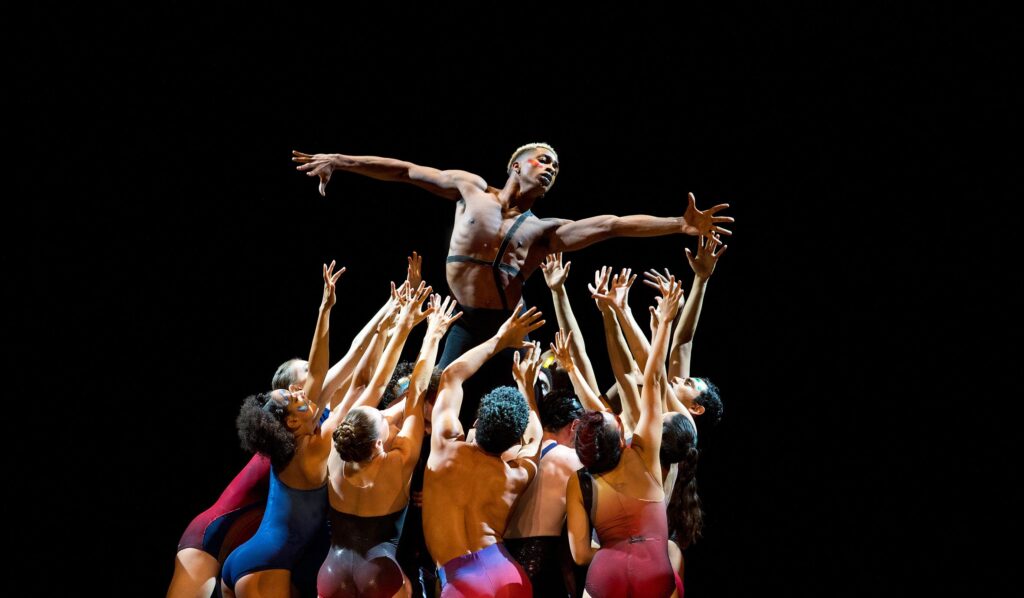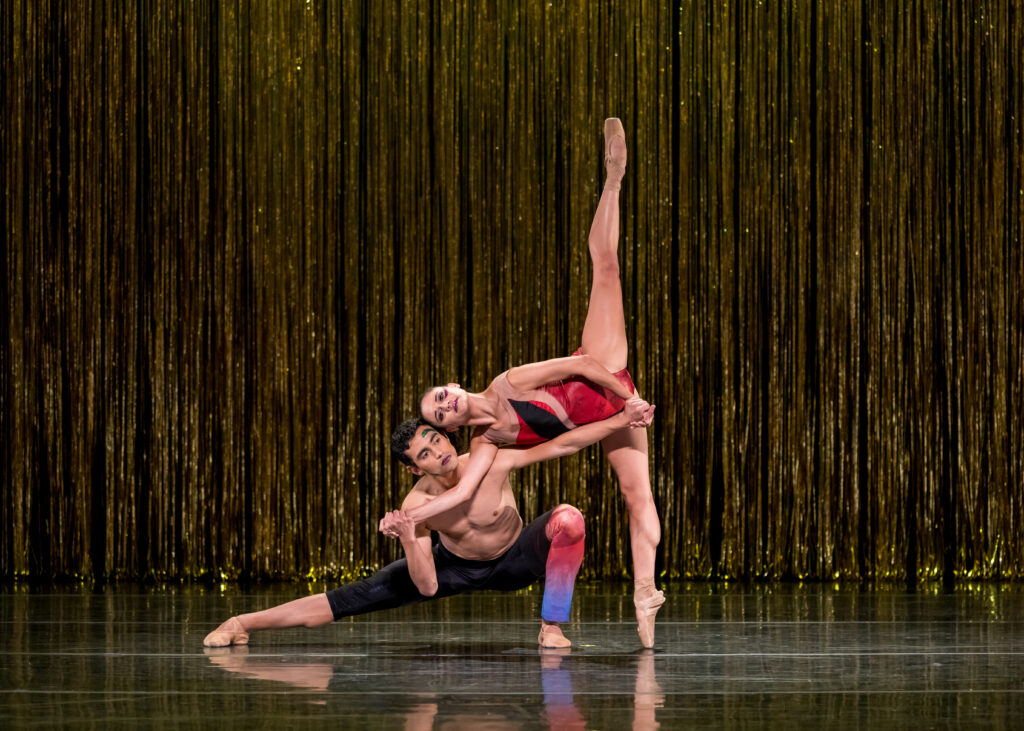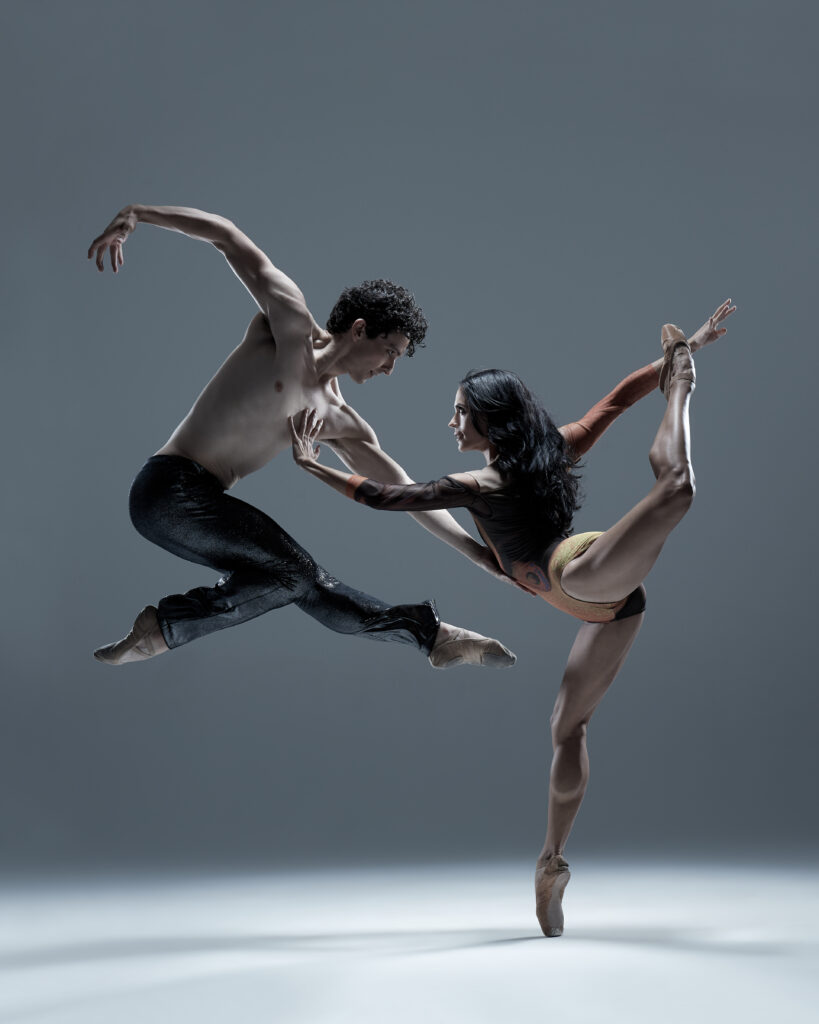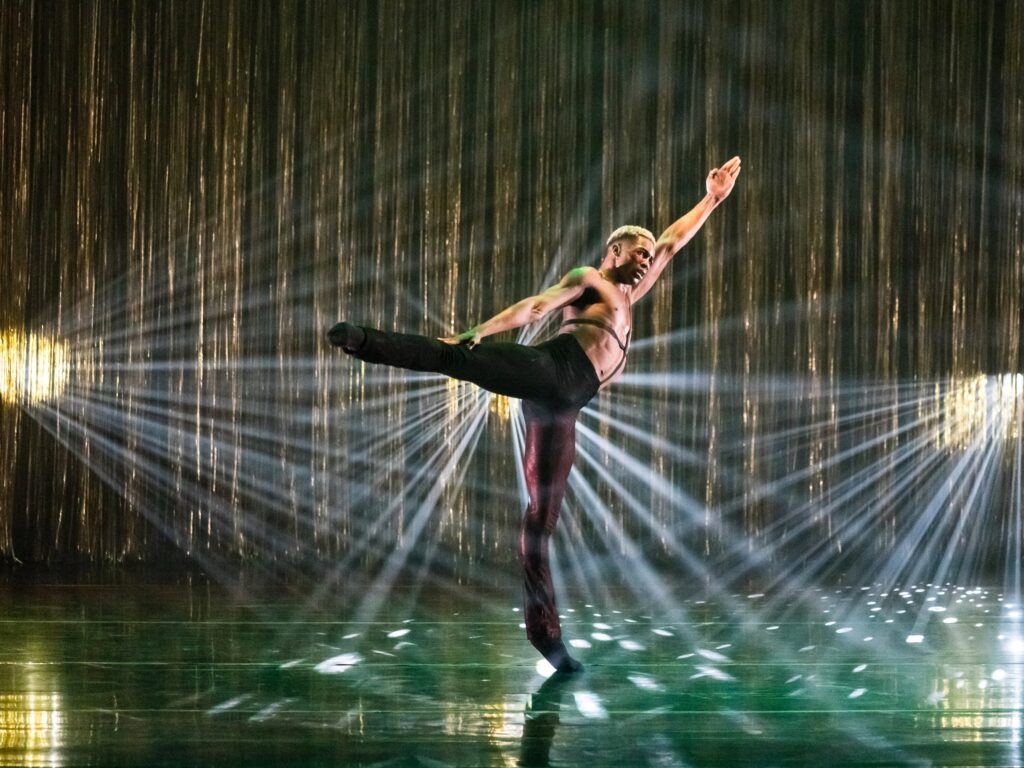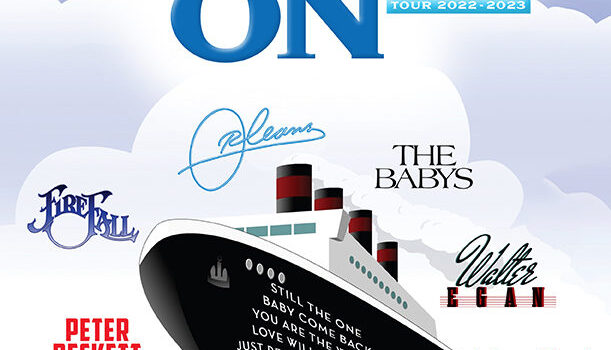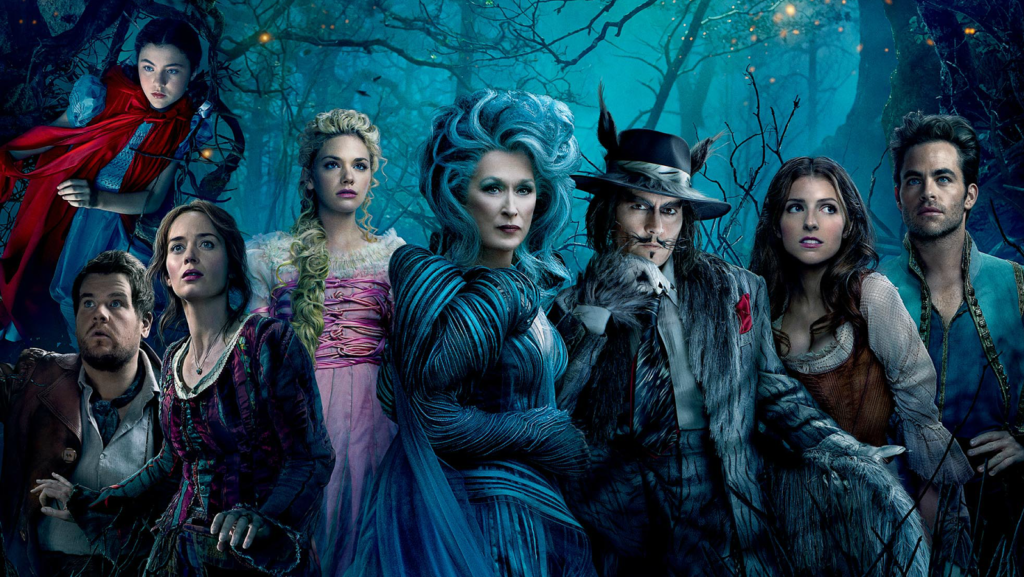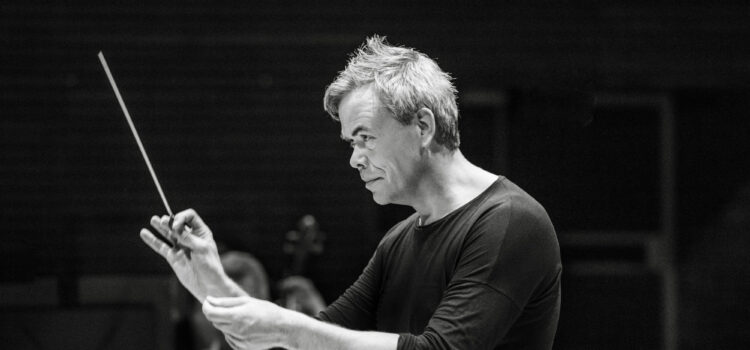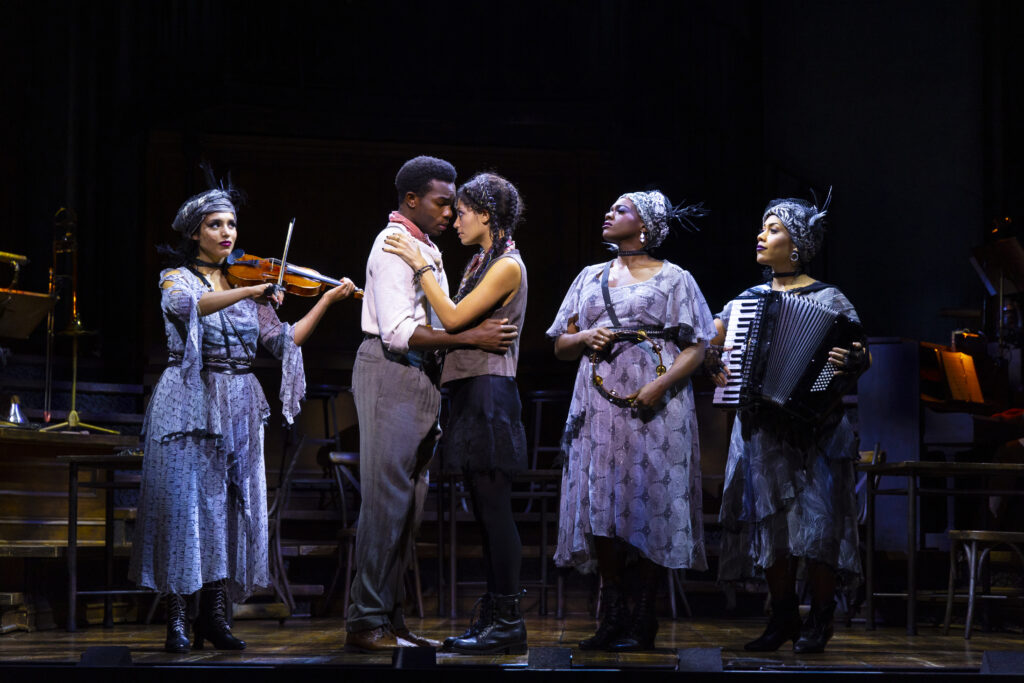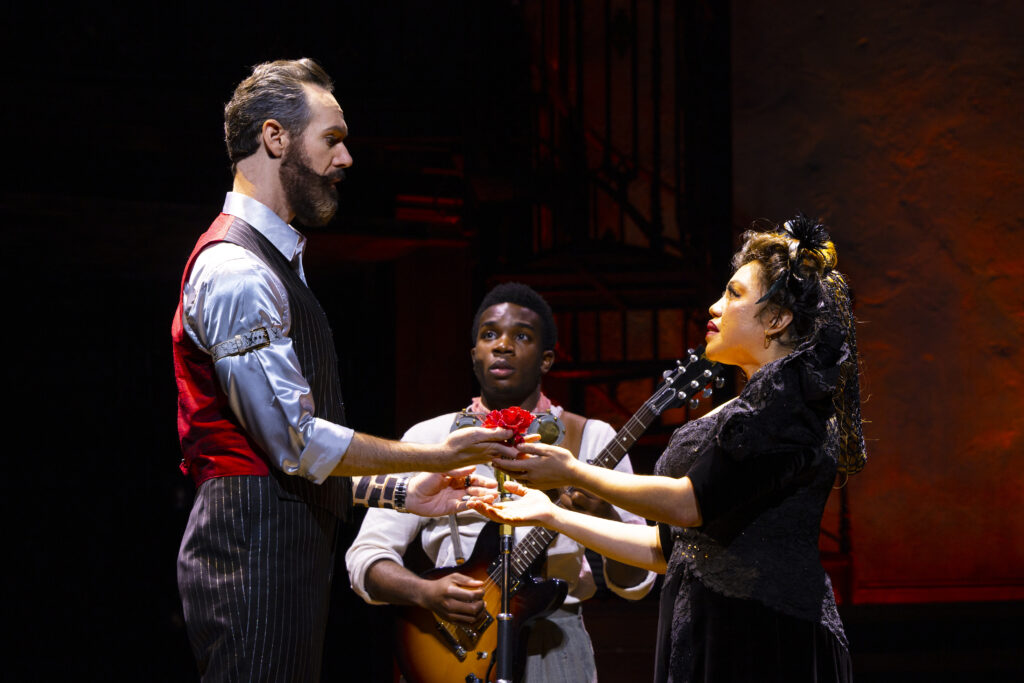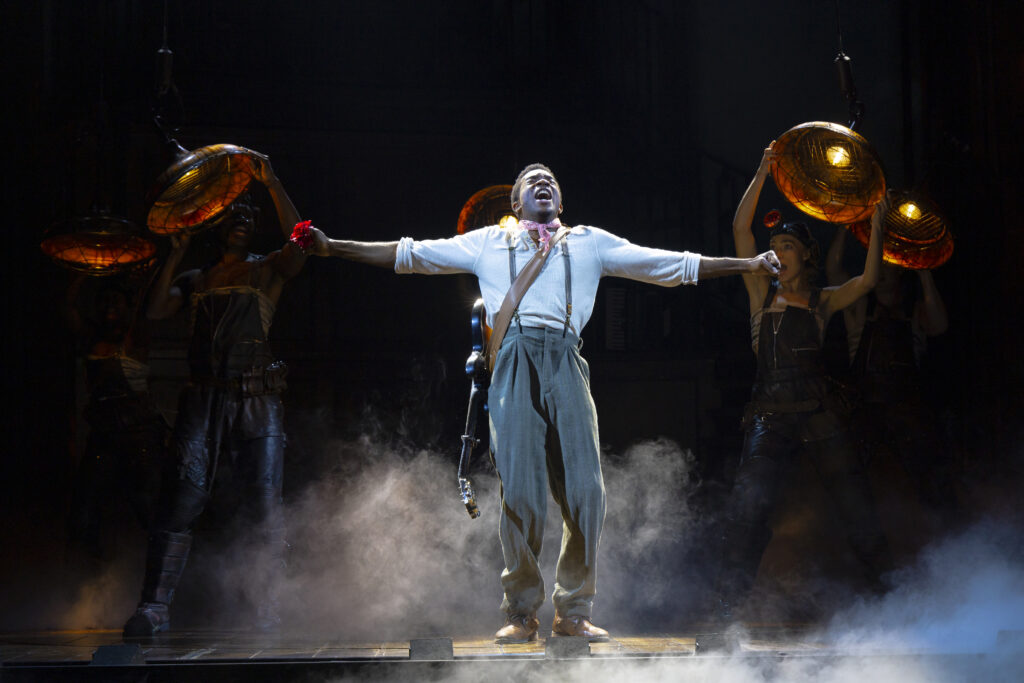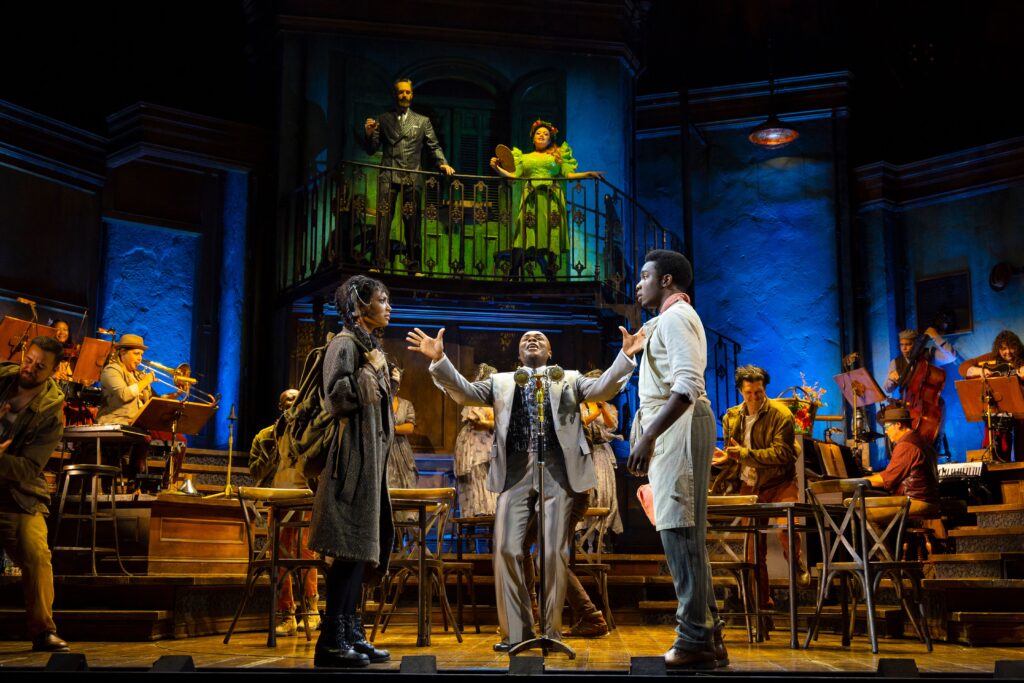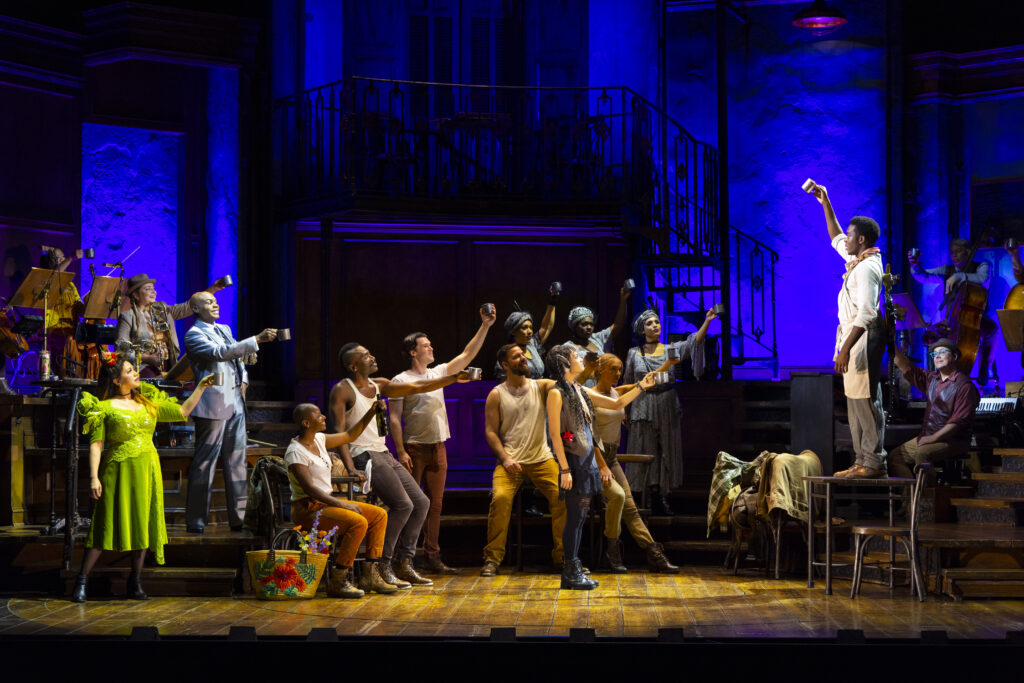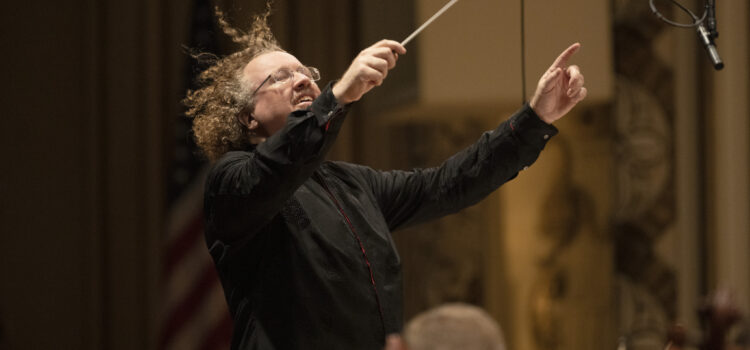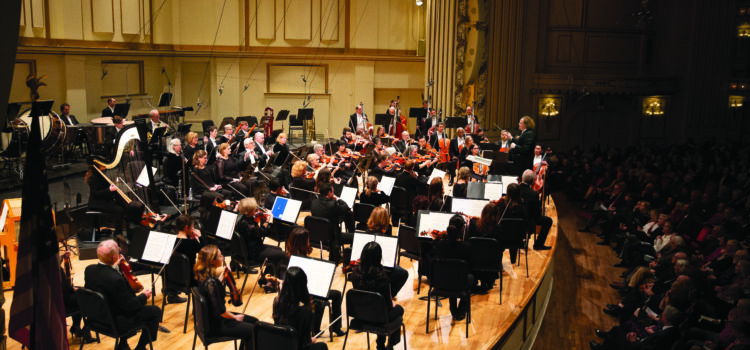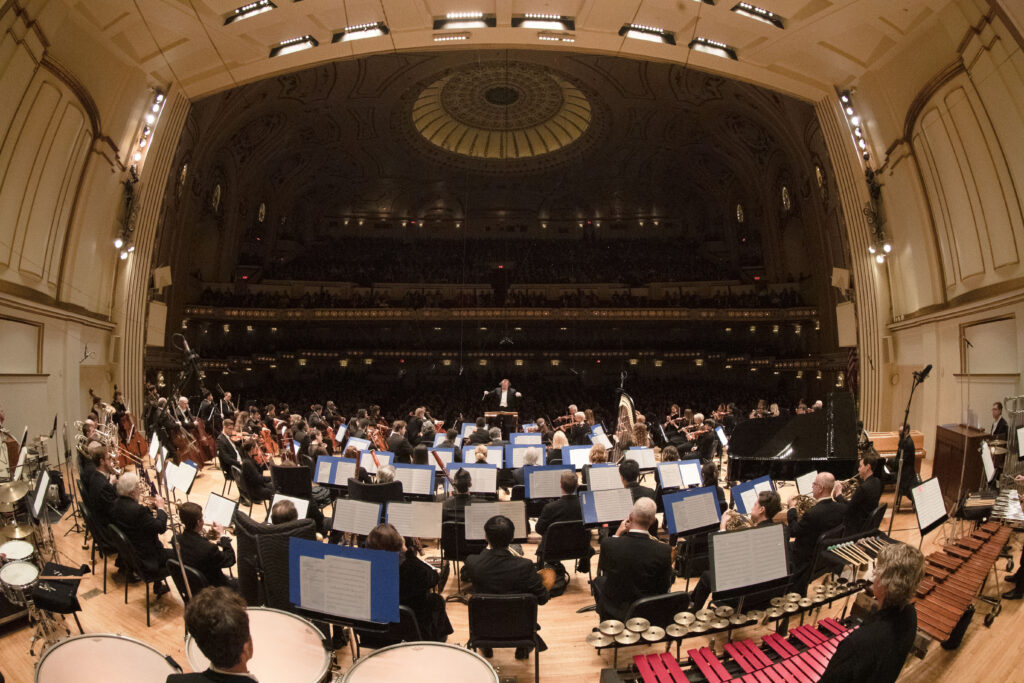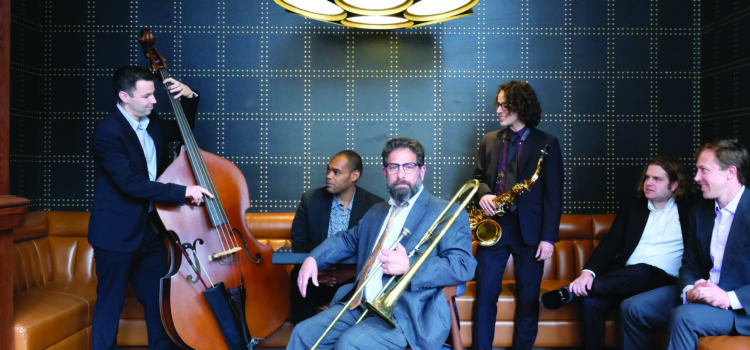By C.B. Adams
I have an acquaintance for whom the terms Puccini and opera are synonymous. For him, opera and the Italians define the artform. Although I don’t agree with his limited definition, I can’t deny that the Italians in general and Giacomo Puccini in particular occupy a special space within the opera canon. That’s why Winter Opera’s production of La Rondine, (music by Puccini with librettists Alfred Maria and Heinz Reichert) was a such a solid, comfortable pleasure.
For reasons not worth reiterating, La Rondine (The Swallow) is not considered one of Puccini’s “greatest hits” but, as my acquaintance might say, “Who cares?! It’s Puccini!” I would duly note his fandom and add that we would all be the poorer if La Rondine weren’t performed periodically, despite its modestness. It’s a good Puccini primer, filled with waltzes, melodies, two arias (one perhaps more famous than the entire rest of the opera) and a duet. It further makes Puccini’s higher-profile operas even more impressive by comparison.
The creative team at Winter Opera chose well with La Rondine because it benefits from a tighter production and the stage at the Kirkwood Performing Arts Center. Smaller is better for this opera, something that scenic designer Scott Loebl and stage director Erica Gibson understood, even as swapped Puccini’s original setting from France’s Second Empire era to the “roaring” 1920s. Amy Hopkins’ costume designs were perfectly matched to the updated era, as well.
The updated setting, replete with a raised chessboard-like black and white floor, allowed Gibson to move the characters move like pawns throughout the action. Although the motivation’s of Magda, especially her decision to return to her “old life” in the conclusion of the third act, aren’t understandable or compelling by modern sensibilities, this doesn’t detract from this production. “Who cares?! It’s Puccini,” is latent throughout.
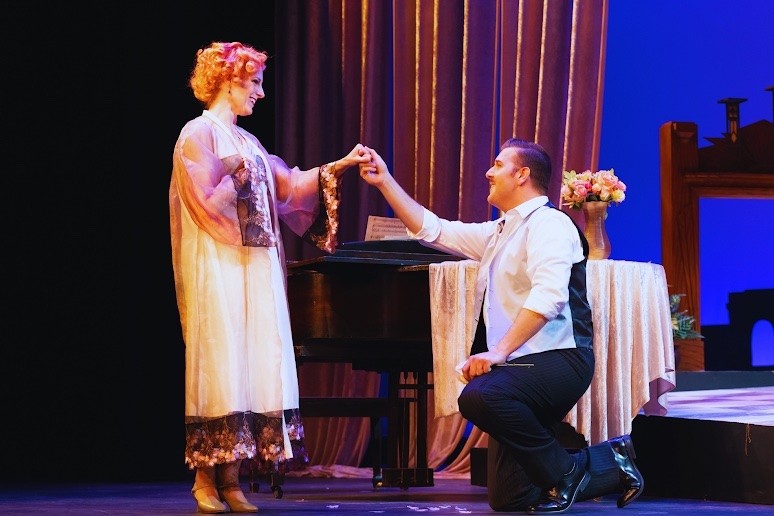
Puccini placed the La Rondine’s famous aria, “Chi il bel sogno di Doretta,” early in Act One. The piece’s soaring phrases offer sopranos the opportunity to impress an audience. In Winter Opera’s production, soprano Karen Kanakis as Magda compellingly sang the aria with her lilting, floating top notes. The piece ends with the “What do riches matter if true happiness blossoms?” Kanakis delivers this question with such truth and honesty that it sets up the tragedy of the finale, which turns this line from rhetorically hopeful into sadly ironic.
Matching Kanakis’ performance was tenor Nathan Schafer as Ruggero. Schafer overcame some of the weaknesses of the character through his performance’s clarity and warmth. His duets with Magda were some of the best, even as he had to animate Ruggero’s one-dimensionality (as written). Equally strong were Nicholas Huff as Prunier, Lauren Nash Silberstein as Lisette and baritone Jacob Lassetter as Rambaldo – as well as the chorus.
Bubbling beneath the Winter Opera singer was the orchestra, conducted by Scott Schoonover, artistic director of Union Avenue Opera. The modest size of the orchestra was enlarged by the restrained size and good acoustics of the Kirkwood Performing Arts Center.
Winter Opera is off to a terrific start with La Rondine, leaving only the question of how they will meet or exceed this accomplishment with the rest of the season’s offerings – Verdi’s MacBeth in January and Sigmund Romberg’s The Desert Song in March.


CB Adams is an award-winning fiction writer and photographer based in the Greater St. Louis area. A former music/arts editor and feature writer for the St. Louis Globe-Democrat, his non-fiction has been published in local, regional and national publications. His literary short stories have been published in more than a dozen literary journals and his fine art photography has been exhibited in more than 40 galley shows nationwide. Adams is the recipient of the Missouri Arts Council’s highest writing awards: the Writers’ Biennial and Missouri Writing!. The Riverfront Times named him, “St. Louis’ Most Under-Appreciated Writer” in 1996.

